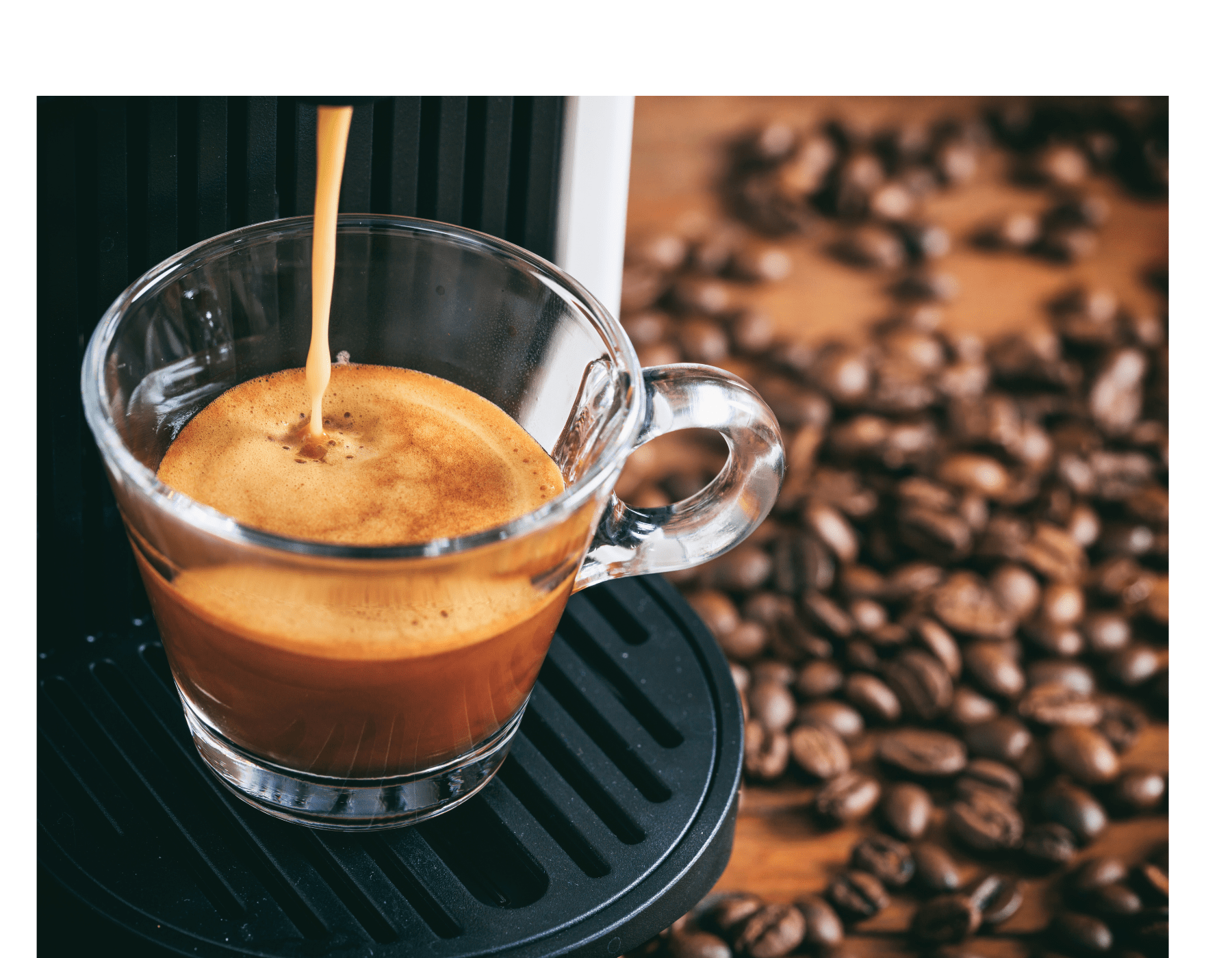The humble cup of coffee, a staple in many households, offers more than meets the eye. It's a meticulously crafted masterpiece, brewed to engage your senses, leaving your palate with a tantalizing experience. It’s more than just a beverage - it's an adventure into a sensory map of tastes and smells that might be beyond your everyday encounter. In this post, we invite you to explore the sensory map of coffee and how it enlivens our senses. Are you ready to learn more? Let’s delve in.
Coffee holds a special place globally, not just as a popular beverage but as a symbol of tradition and culture. Nationally treasured and globally consumed, coffee plays a vital role in many lives. Consumer enthusiasm and industrial innovation have nurtured this cherished drink, evolving its processing to yield a superior quality product.
For many years, multinational coffee corporations have employed sensory science to enhance consumer experiences. The quality of coffee is evaluated through tasting, with sensory approaches being pivotal in determining consumer preferences.
Sensory Analysis of Coffee
In general terms, the sensory structure of coffee revolves around three primary categories: sight, smell, and taste. They offer us a way to experience the characteristics of coffee through our senses.
Sight
Our vision helps us appreciate the physical appearance and color of coffee, including its roast level. It also enables us to observe specific aspects of the beverage, such as its extracted elements.
Smell
The exceptional aroma of coffee stems from various particles produced during the roasting process. These can vary based on the coffee variety, origin, quality, and preparation. Olfactory sensations can range from citrusy, caramel, chocolate, floral, panela (unrefined whole cane sugar), cereal, vanilla, and more.
Taste
Our taste buds are the receptors for coffee's distinct flavors. They perceive sweet, salty, bitter, sour, and umami tastes in the beverage. For instance:
Bitterness in coffee may arise from lipid extraction or a high roast level. It is often seen as the 'macro flavor' and a preferred taste for many, especially espresso lovers.
Sourness results in a salivation sensation mainly on the sides of the tongue.
Sweetness comes from simple sugars like sucrose. Many coffee enthusiasts prefer this sensory experience to better appreciate coffee's characteristics.
What Factors Determine Preference for a Specific Coffee? According to the Forum Coffee Journal, three variables significantly influence consumer behavior toward coffee:
Product: Questions like 'How does it taste?', 'How much did it cost?', and 'Who endorses it?' help identify variables affecting preference for a particular coffee.
Consumer: This focuses on demographic, psychographic, genetic, and taste characteristics of the person.
Context: This revolves around the consumer's preferences and consumption habits.
The challenge for coffee sellers is to meet these peculiarities, aiming to offer a pleasing experience to consumers. By understanding their preferences, consumers can fully enjoy the sensations offered by the drink. Moreover, they will get an opportunity to savor original colombian coffee.
As you can see, there are various ways to perceive the unique characteristics offered by coffee. All you need to do is follow the prescribed aspects and create unforgettable moments with each sip.



